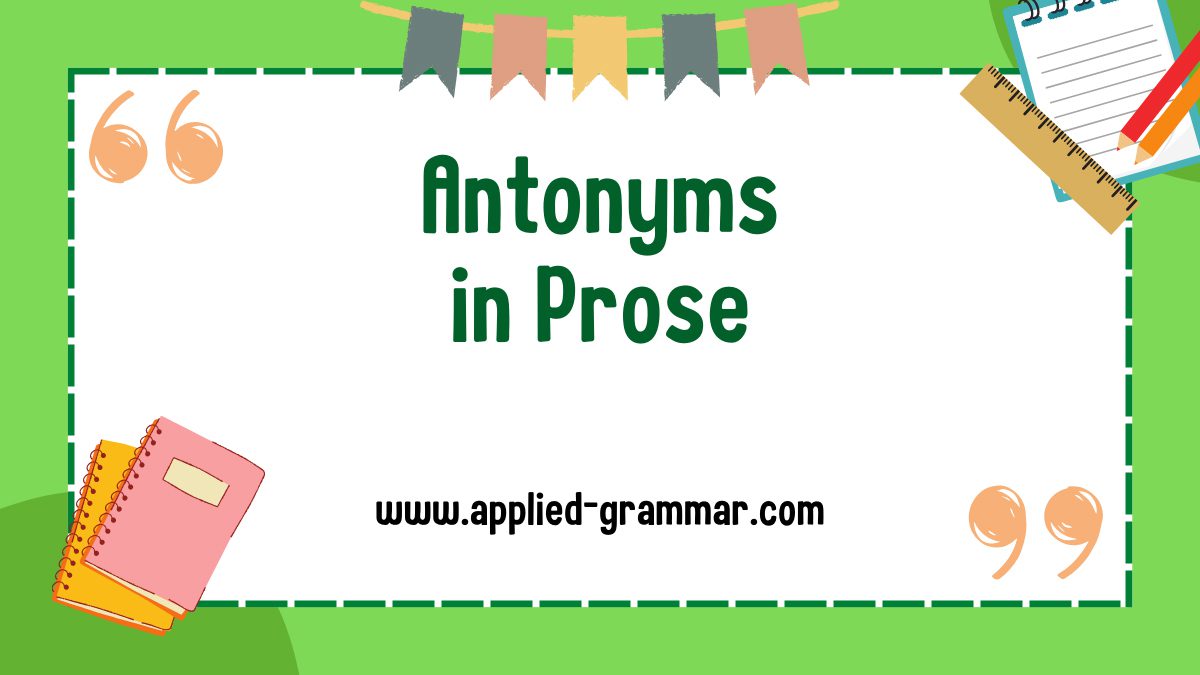Are you looking to add depth and complexity to your prose? One powerful technique to consider is the use of antonyms and opposites for characterization. By skillfully employing words with opposite meanings, you can create vivid and dynamic characters that leap off the page. In this text, we will explore the art of using antonyms in prose to enhance characterization and bring your stories to life.
Antonyms, as you may know, are pairs of words that have opposite meanings. Just like night and day, these word pairs provide a stark contrast that can be harnessed to develop well-rounded characters. By using antonyms to describe your characters’ traits, actions, and emotions, you can create a rich world of contrasts that adds depth and complexity to their personalities.
Throughout this article, we will investigate into the various ways antonyms can be used in prose to create compelling characters. From contrasting physical attributes to opposing personality traits, we will explore how the strategic use of antonyms can help you craft memorable and relatable individuals. So, let’s immerse and discover the power of antonyms in prose for characterization.
Key Takeaways
- Antonyms are pairs of words with opposite meanings that can be used to create vivid and dynamic characters in prose.
- There are three common types of antonyms: complementary pairs, gradable pairs, and relational pairs.
- Antonyms can be used to enhance characterization by establishing traits and creating contrasts in personality and behavior.
- They also play a role in developing characters throughout a story, showcasing growth and transformation.
- Antonyms can add depth to dialogue by creating tension, revealing conflicting perspectives, and emphasizing differences in values and beliefs.
- Using antonyms effectively requires a clear understanding of their nuances and the ability to choose the most fitting word to convey a specific meaning or create a contrasting effect.
Understanding Antonyms
To effectively use antonyms in prose for characterization, it is crucial to have a clear understanding of what antonyms are and the different types that exist. By grasping the concept and purpose of antonyms, you will be able to harness their power to enhance your writing and create dynamic characters.
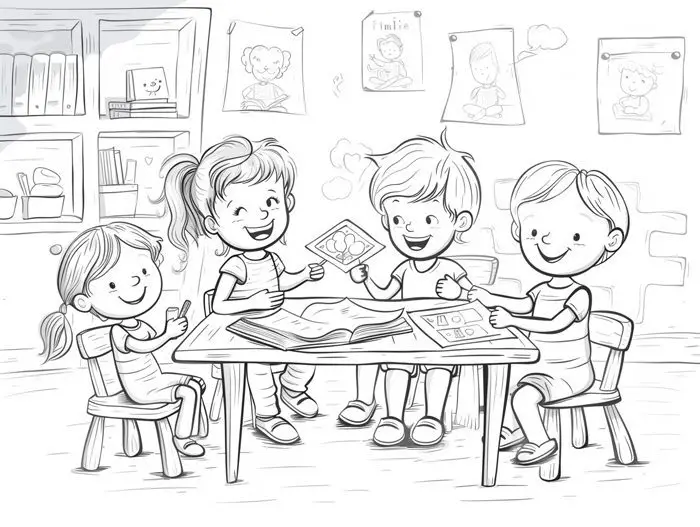
Definition of Antonyms
Antonyms are pairs of words with opposite meanings. They serve as linguistic tools to convey contrast, highlight differences, and add depth to writing. Each word in an antonym pair is the direct opposite of the other, creating a stark contrast in meaning.
To clarify, here are some examples of common antonyms:
- Hot (opposite) Cold: These two words represent temperature extremes, with one meaning high temperature and the other meaning low temperature.
- Good (opposite) Bad: These antonyms represent opposite qualities, with one describing something positive and the other describing something negative.
Understanding antonyms allows you to choose the most fitting word to convey a specific meaning or create a contrasting effect.
Types of Antonyms
Antonyms can be classified into different types based on the relationship between the words in the pair. It’s helpful to understand these types, as they provide insights into the nuances and shades of meaning that can be explored in your writing. Here are three common types of antonyms:
- Complementary Pairs: Complementary pairs are antonyms that present an absolute opposition, leaving no room for confusion. These pairs include words like Dead and Alive, Pass and Fail, or True and False. In each case, the two words represent opposite states or conditions.
- Gradable Pairs: Gradable pairs are antonyms that lie on a spectrum, with varying degrees of opposition between them. These antonyms provide a range of intensity and can be used to describe qualities that exist on a continuum. An example of a gradable pair is Serene and Turbulent, where one represents tranquility and the other represents chaos.
- Relational Pairs: Relational pairs are antonyms that indicate a relationship of contrast between words. These pairs often present a hierarchical or comparative relationship. Examples include Senior and Junior, Save and Spend, or Unique and Common. The words in these pairs highlight differences in rank, status, or quantity.
Now that you have a clearer understanding of what antonyms are and the different types that exist, you can begin to leverage their power in your writing. By skillfully utilizing antonyms, you can bring your characters to life, add depth to their personalities, and create engaging prose.
The Role of Antonyms in Prose
Antonyms, words with opposite meanings or definitions, play a significant role in prose writing. By using opposites, writers can effectively convey contrast, enhance character development, and add depth to dialogue. Understanding how to harness the power of antonyms allows you to create engaging and dynamic prose. In this section, we will explore the different ways antonyms can be utilized in characterization and their impact on the overall quality of your writing.
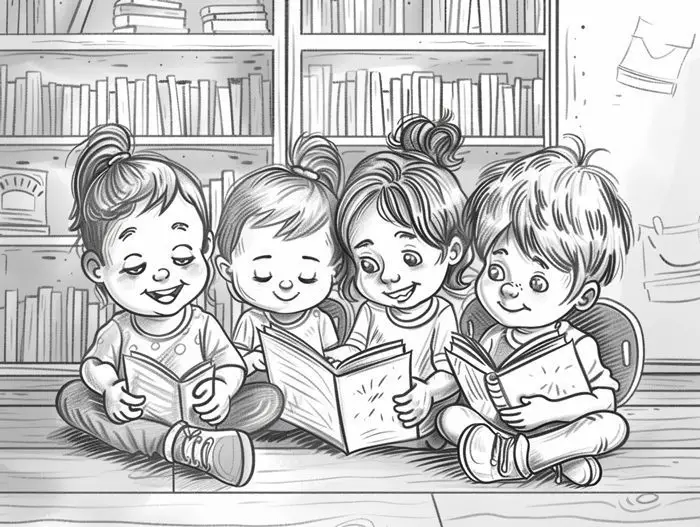
Opposites for Characterization
One of the key applications of antonyms in prose is for characterization. By employing opposite words to describe characters, writers can quickly and vividly establish their traits and create a stark contrast. For example, describing a character as “reckless” versus “cautious” sets the stage for their personality and behavior. These opposing traits can be further emphasized in the character’s actions, thoughts, and dialogue, adding depth and complexity to their portrayal.
Enhancing Character Development
Antonyms can serve as a powerful tool for developing characters throughout a story. By introducing opposing qualities or traits, writers can showcase a character’s growth or transformation. For instance, a timid and shy character can evolve into someone brave and assertive, highlighting their personal journey. This use of antonyms allows readers to witness the character’s development and connect with their story on a deeper level.
Adding Depth to Dialogue
Dialogue is an integral part of prose, and antonyms can be used to enrich and elevate conversations between characters. By contrasting words and ideas, writers can create tension, reveal conflicting perspectives, or emphasize differences in values and beliefs. This not only adds realism to the dialogue but also enhances the overall narrative by introducing compelling conflicts and interactions. Carefully chosen antonyms can make conversations more engaging and memorable.
Incorporating antonyms in your writing requires a keen understanding of their nuances and the ability to use them effectively. By leveraging the power of opposites, you can create well-rounded characters, compelling storylines, and engaging dialogue. So, embrace the role of antonyms in prose and watch your writing come alive with depth and complexity.
Examples of Antonyms in Prose
Antonyms play a crucial role in prose writing by using opposites to enhance characterization. By incorporating antonyms, writers can effectively create vivid character traits, highlight contrast, and add depth to their storytelling. Let’s explore some examples of how antonyms are used in prose to create compelling characters and storylines.
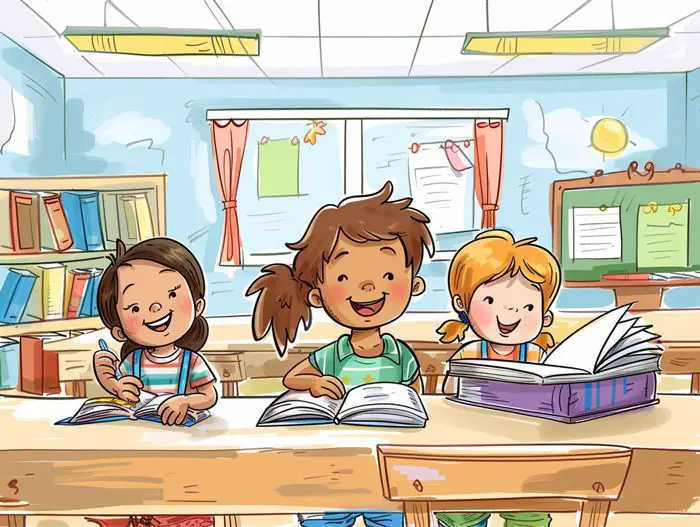
Love and Hate
One of the most common antonyms found in literature is the contrasting pair of “love” and “hate.” These opposing emotions provide a rich ground for exploring the complexities of character relationships and motivations. By juxtaposing love and hate, writers can create dynamic characters who undergo emotional transformations, making their journeys more captivating for readers.
In William Shakespeare’s tragedy, “Romeo and Juliet,” the characters Romeo and Juliet exemplify the contrasting emotions of love and hate. The passionate love between the two young lovers is at odds with the hatred and hostility that exists between their feuding families, the Montagues and Capulets. This stark contrast not only adds depth to the characters but also intensifies the tragic nature of the story.
Light and Dark
Another powerful antonym often used in prose is the interplay between “light” and “dark.” This dichotomy represents more than just literal illumination. It symbolizes the broader themes of good and evil, knowledge and ignorance, or hope and despair. By using light and dark as opposing forces, writers can create a vivid atmosphere and imbue their characters with symbolic meaning.
In J.R.R. Tolkien’s “The Lord of the Rings,” the contrasting elements of light and dark are exemplified by the characters Gandalf and Sauron. Gandalf embodies the light, representing wisdom, courage, and guidance. On the other hand, Sauron represents the darkness, epitomizing power, corruption, and malevolence. The contrast between these two characters creates a compelling narrative and reinforces the broader themes of the story.
Good and Evil
The antonyms “good” and “evil” are fundamental to character development in all forms of storytelling. Writers often use these opposing concepts to create morally complex characters and explore the shades of gray between right and wrong. By presenting conflicting perspectives of good and evil, authors can generate tension and engage readers on a deeper level.
In J.K. Rowling’s “Harry Potter” series, the character of Severus Snape exemplifies the struggle between good and evil. Initially portrayed as the antagonist, Snape’s true intentions and loyalty gradually unfold throughout the story, revealing the complexities of his character. This nuanced portrayal illustrates how antonyms can be used to challenge the readers’ perceptions of traditional heroism and villainy.
Antonyms in prose provide a powerful tool for characterization and storytelling. By utilizing contrasting pairs like love and hate, light and dark, and good and evil, writers can create compelling narratives, explore moral dilemmas, and investigate into the depths of human emotions. Through the skillful use of antonyms, authors bring their characters to life and captivate readers with their storytelling prowess.
Tips for Using Antonyms in Prose
When it comes to writing prose, antonyms can be a powerful tool for characterization, adding depth to your characters, and creating vivid descriptions. By using antonyms effectively, you can make your writing more engaging and captivating. Here are some tips for using antonyms in prose:
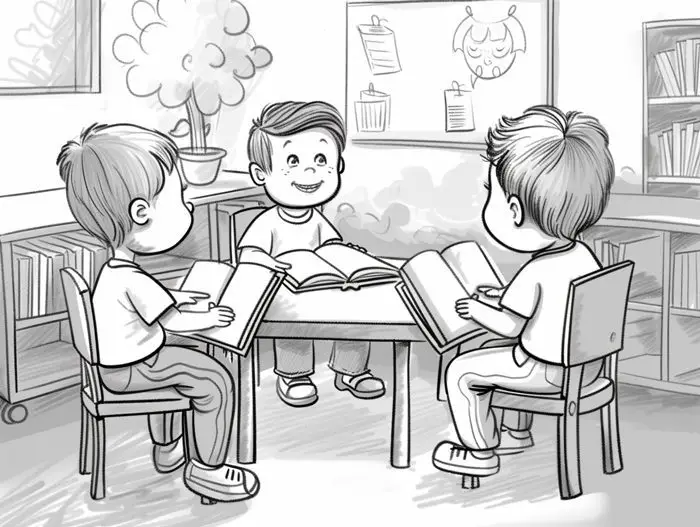
Choosing the Right Antonyms
The first step in using antonyms effectively is to choose the right pair of words that have opposite meanings. This will help you create contrast and highlight the traits and qualities of your characters. Consider the emotions, traits, or concepts you want to convey and find antonyms that accurately represent the opposite. For example, if you want to showcase a character’s growth, you can use antonyms like “weak” and “strong” to illustrate their transformation.
Creating Memorable Characters
Antonyms can be a valuable tool for creating well-rounded and memorable characters. By using antonyms, you can showcase their contrasting qualities and add depth to their personalities. For example, you can contrast a character’s kindness and cruelty, intelligence and ignorance, or bravery and cowardice. This contrast will make your characters more dynamic and relatable to your readers.
Using Antonyms in Descriptions
Antonyms can also be used effectively in descriptions to draw attention to what something is not. By employing antonyms, you can create a vivid image in the reader’s mind and challenge their expectations. For example, instead of describing a bug as small, you can use the antonym “giant” to create a stronger impact. This contrast adds a layer of surprise and intrigue to your descriptions, making them more engaging.
Summarizing, using antonyms in prose can enhance characterization, add depth to your characters, and create powerful descriptions. By choosing the right antonyms, creating memorable characters, and using antonyms in descriptions, you can make your writing more captivating and memorable. So, go ahead and experiment with antonyms in your prose to bring your characters and story to life.
Conclusion
Incorporating antonyms into your prose can be a powerful tool for characterization. By using opposites to create contrast and highlight character traits, you can add depth and complexity to your characters. This technique allows you to create well-rounded and memorable individuals that readers can connect with.
Antonyms can also be used to enhance dialogue, making it more dynamic and engaging. By utilizing contrasting words and phrases, you can create tension and conflict between characters, driving the narrative forward and keeping readers hooked.
Also, employing antonyms in descriptions challenges expectations and creates vivid imagery. By using unexpected word pairings, you can paint a more vibrant picture in the reader’s mind, making your writing more captivating and memorable.
So, the next time you’re crafting a piece of prose, consider incorporating antonyms to enhance your characterization, add depth to your characters, and create powerful descriptions. By leveraging the power of opposites, you’ll elevate your writing to new heights and leave a lasting impression on your readers.
